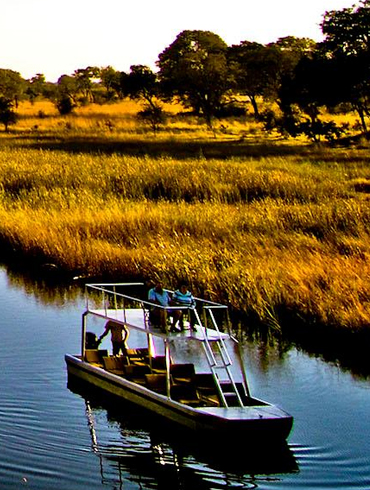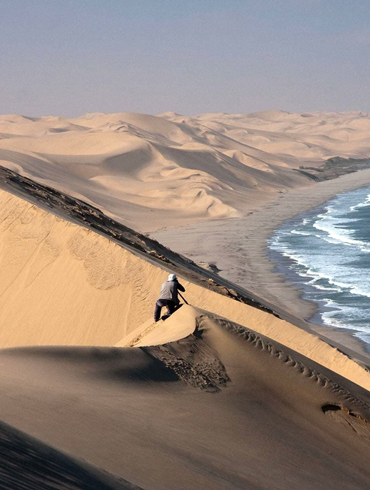- Mon - Sat: 9.30am To 10.00pm
- info@falconsafaris.com
Coastal Region
Coastal Region
This region extends from the northern border of Namibia at the Kunene River past Walvis Bay, covering an approximate one hundred kilometres wide stretch of desert and semi-desert terrain sandwiched between the Atlantic Ocean and the acacia savannahs of the northern and central Regions.
The coastal region is one of the world’s most captivating desert regions, and in the south lies a canyon second in magnificence only to the Grand Canyon itself.

Related Namibia Safari Destinations
Find Namibia safari lodges and tours in the best Namibia Safari Destinations
including Etosha National Park, Caprivi and the Namib Desert.
including Etosha National Park, Caprivi and the Namib Desert.
Destination
Tailor Your Luxury Namibia Safari
Allow one of our experts to plan each step of your
Namibia journey.
Get It Now
Namibia journey.







